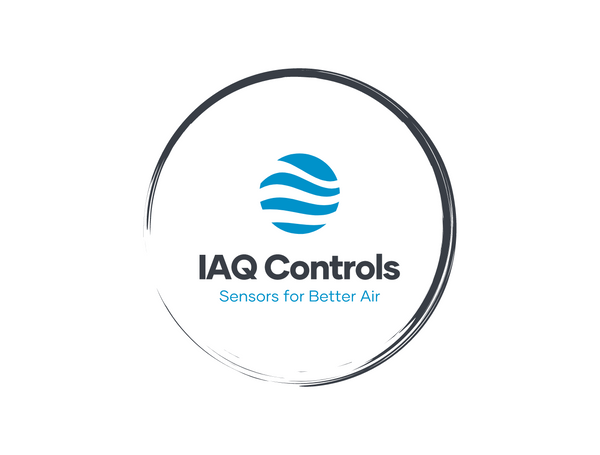Indoor air quality (IAQ) is a critical factor influencing the health, well-being, and academic performance of students in educational settings. Among various indoor pollutants, elevated carbon dioxide (CO₂) levels have garnered significant attention due to their direct impact on cognitive functions and overall comfort. This article delves into how high CO₂ concentrations affect students in schools, supported by research findings and expert recommendations.
Understanding CO₂ Levels in Classrooms
CO₂ is a natural component of the Earth's atmosphere, typically constituting about 0.04% (400 parts per million or ppm) of outdoor air. In indoor environments like classrooms, CO₂ levels can rise due to human respiration, especially in spaces with inadequate ventilation. The American Society of Heating, Refrigerating, and Air-Conditioning Engineers (ASHRAE) suggests that indoor CO₂ concentrations should not exceed 700 ppm above outdoor levels, aiming for a maximum of approximately 1,100 ppm to maintain acceptable air quality.
Impact of Elevated CO₂ on Students
Research indicates that increased CO₂ levels in classrooms can adversely affect students' health and learning outcomes. A study assessing teacher-reported symptoms found that for every 100 ppm increase in maximum classroom CO₂ concentrations, there was a significant rise in reports of neuro-physiologic symptoms such as headaches, fatigue, and difficulty concentrating.
Moreover, elevated CO₂ levels have been linked to diminished cognitive performance. A study highlighted that higher CO₂ concentrations coincided with a 0.11 standard deviation decrease in test scores, a decline comparable to that observed in students affected by significant disruptions like excessive noise.
Factors Contributing to High CO₂ Levels
Several factors contribute to elevated CO₂ concentrations in classrooms:
-
Inadequate Ventilation: Many educational institutions lack proper ventilation systems. Research from the Western Cooling Efficiency Center at UC Davis revealed that about 85% of 94 recently installed HVAC systems in California K-12 classrooms did not provide adequate ventilation.
-
High Occupancy Rates: Classrooms often accommodate numerous students, leading to increased CO₂ production from respiration. Without sufficient air exchange, CO₂ accumulates rapidly.
-
Building Design: Modern energy-efficient buildings are designed to minimize outdoor air infiltration, which can inadvertently reduce natural ventilation and trap pollutants indoors.
Health Implications
Beyond cognitive effects, high CO₂ levels can lead to various physical symptoms:
-
Respiratory Issues: Elevated CO₂ concentrations can exacerbate asthma and other respiratory conditions.
-
Increased Absenteeism: Poor air quality has been associated with higher rates of student absenteeism due to illness.
Mitigation Strategies
To combat the negative effects of high CO₂ levels, schools can implement several strategies:
-
Enhance Ventilation: Regular maintenance and proper operation of HVAC systems are essential. Ensuring that these systems meet the required standards can significantly improve air quality.
-
Monitor Air Quality: Utilizing CO₂ monitors can help in real-time assessment of indoor air quality. Devices like the Aranet4 HOME provide continuous CO₂ readings, enabling timely interventions.
-
Implement Natural Ventilation: When possible, opening windows and doors can facilitate the exchange of indoor and outdoor air, reducing CO₂ buildup.
-
Reduce Occupancy Density: Limiting the number of students per classroom can decrease CO₂ generation and make it easier to maintain optimal air quality.
-
Incorporate Indoor Plants: Certain plants can absorb CO₂ and release oxygen, potentially improving air quality. However, their impact is relatively modest and should complement other ventilation strategies.
Conclusion
Maintaining optimal indoor air quality is paramount for the health and academic success of students. Elevated CO₂ levels in classrooms can impair cognitive functions, induce physical discomfort, and hinder learning. By implementing effective ventilation practices, continuous air quality monitoring, and strategic classroom management, schools can create environments conducive to student well-being and achievement.
